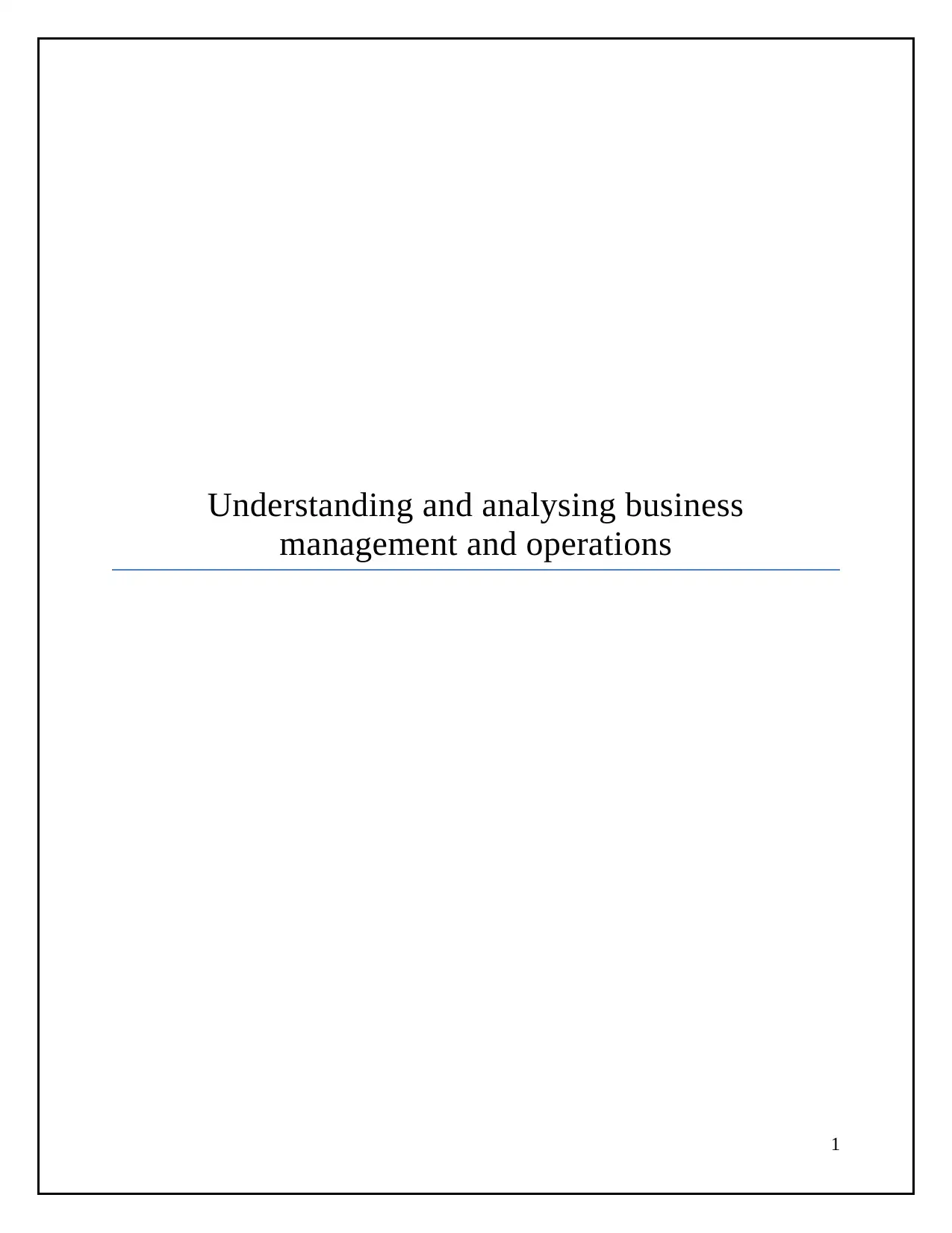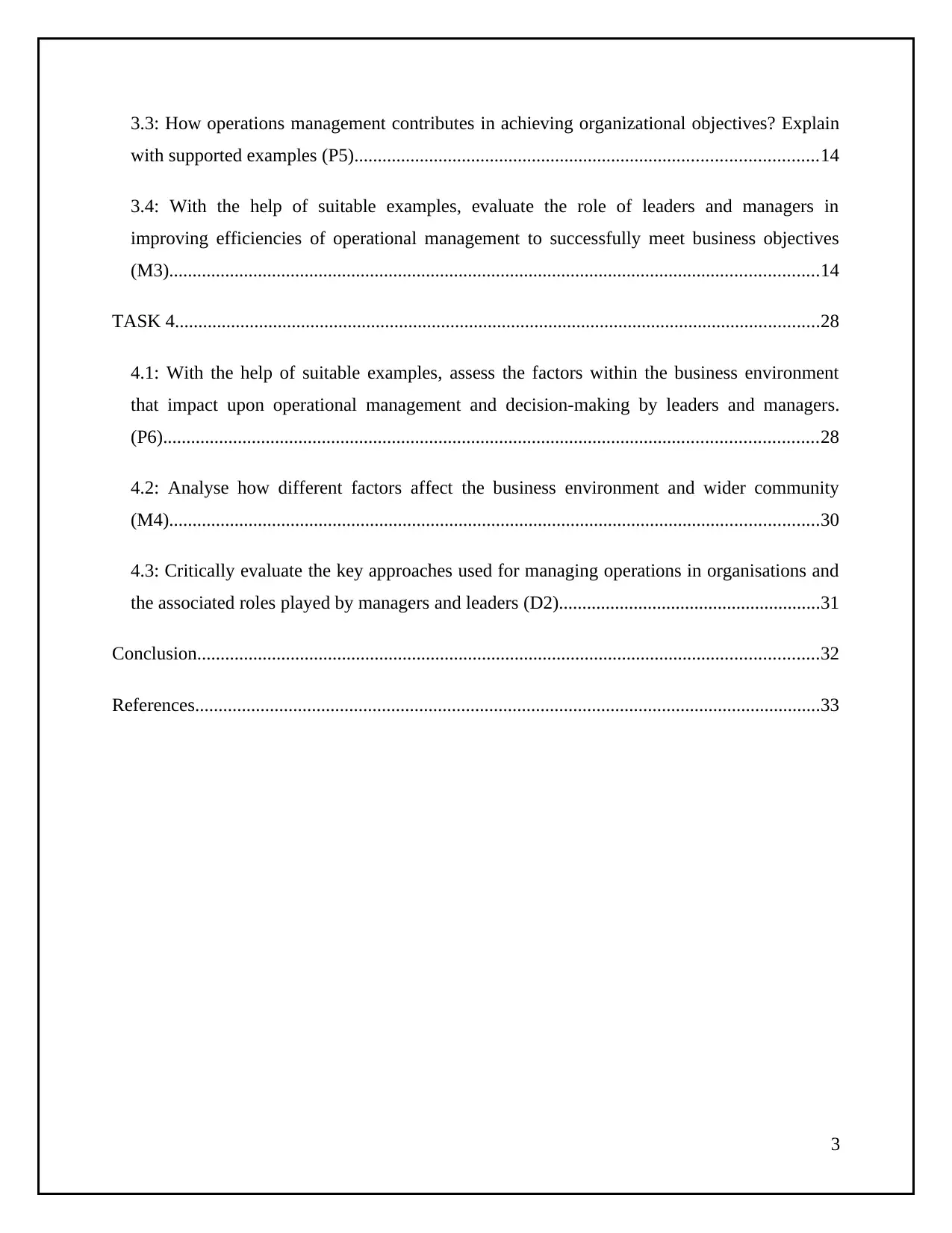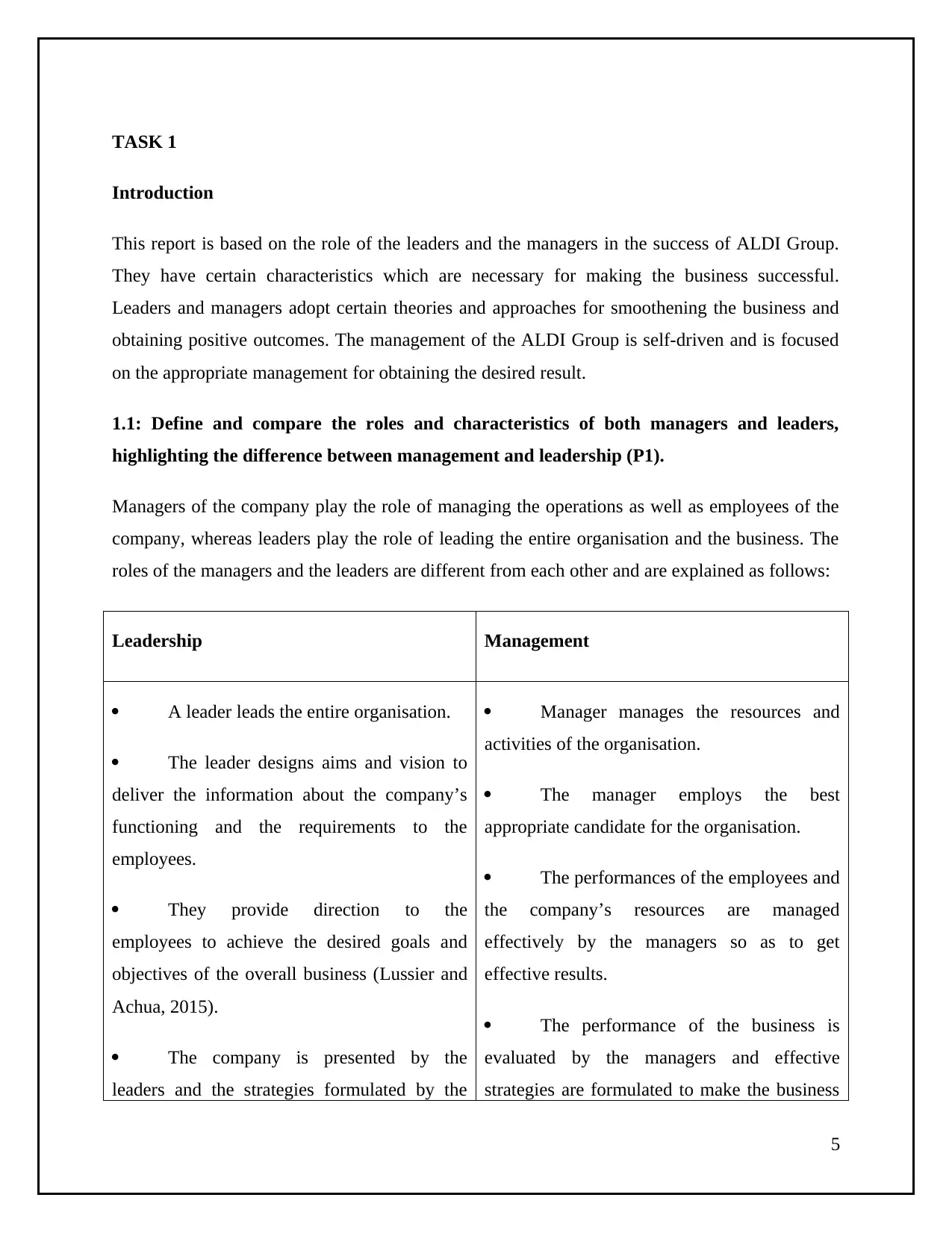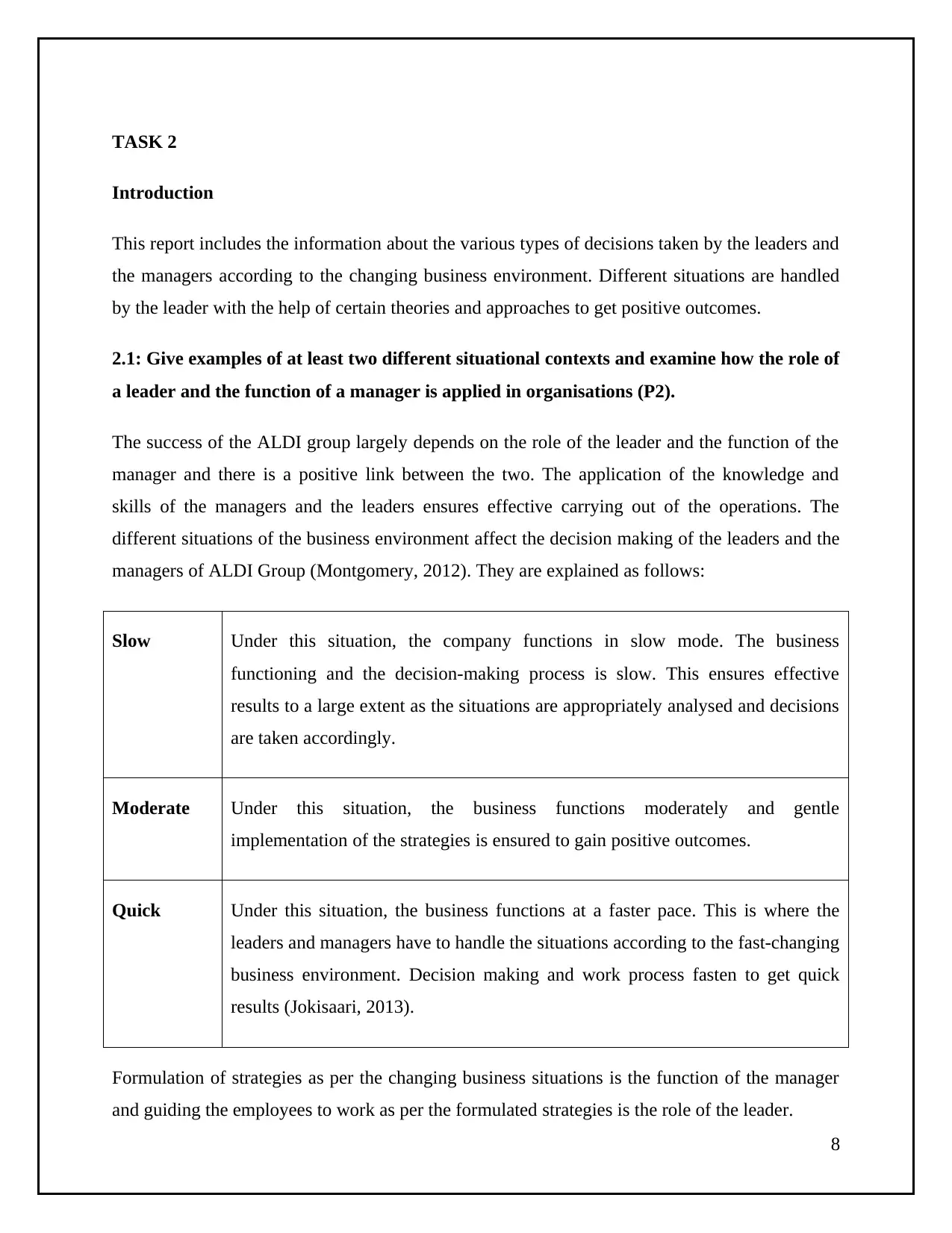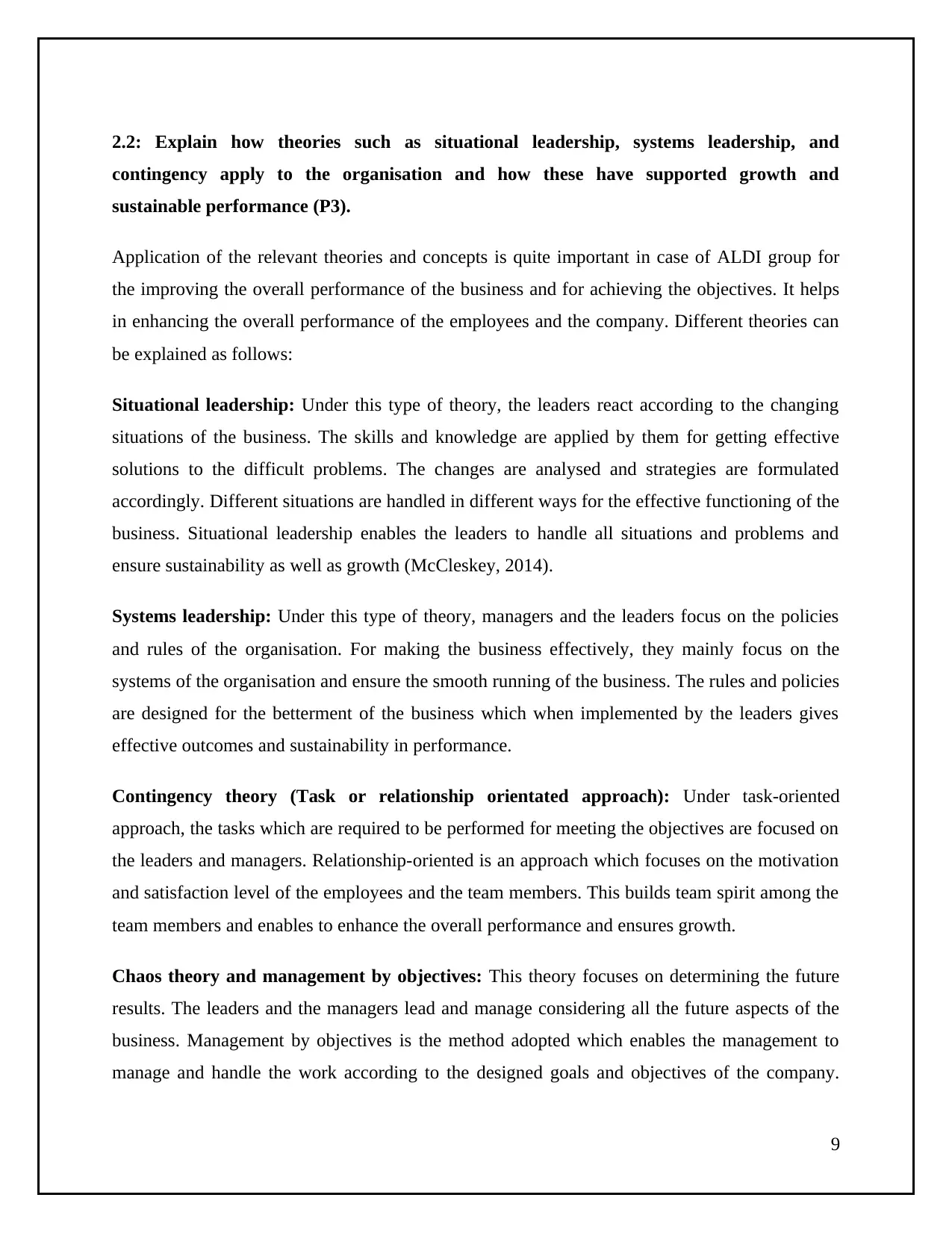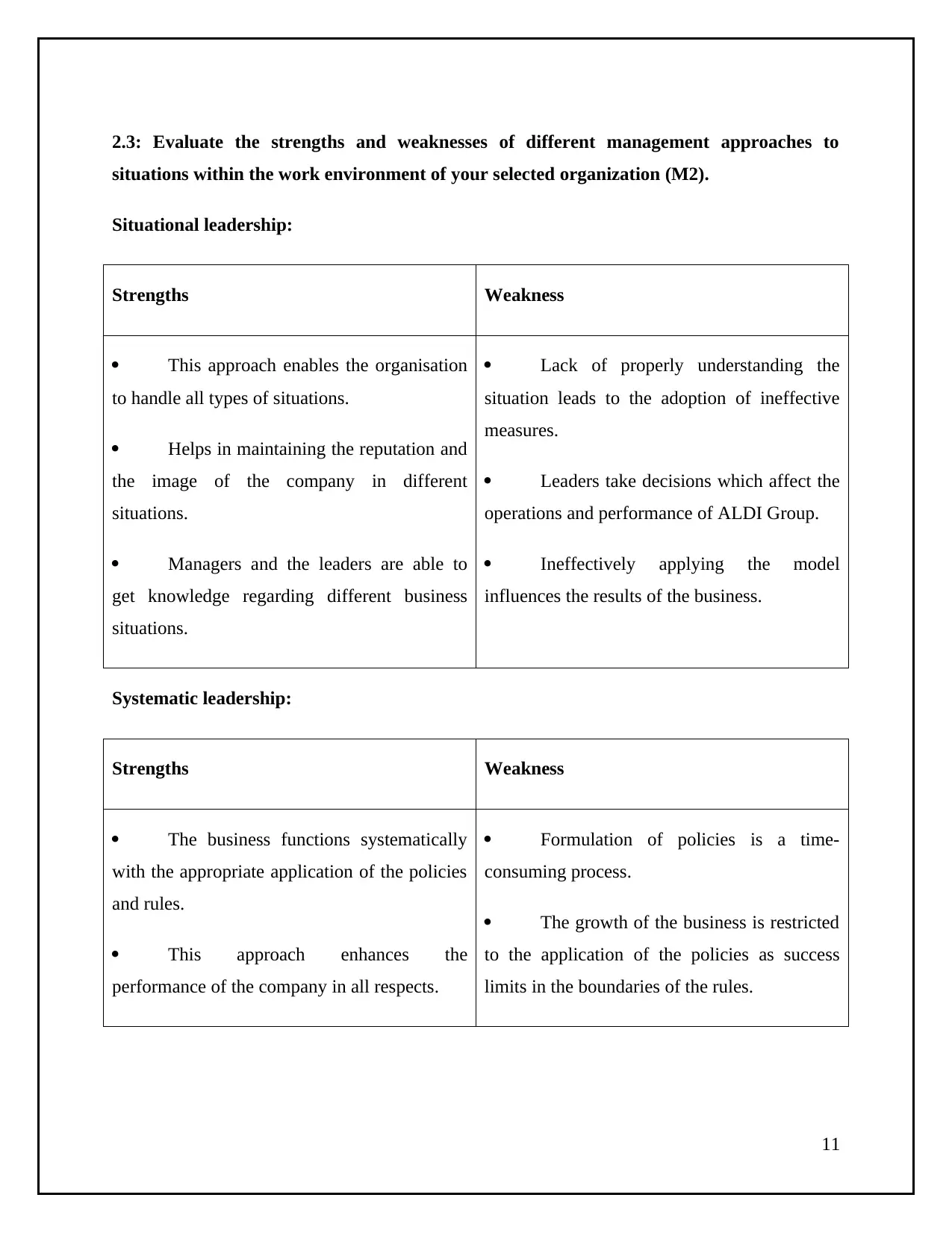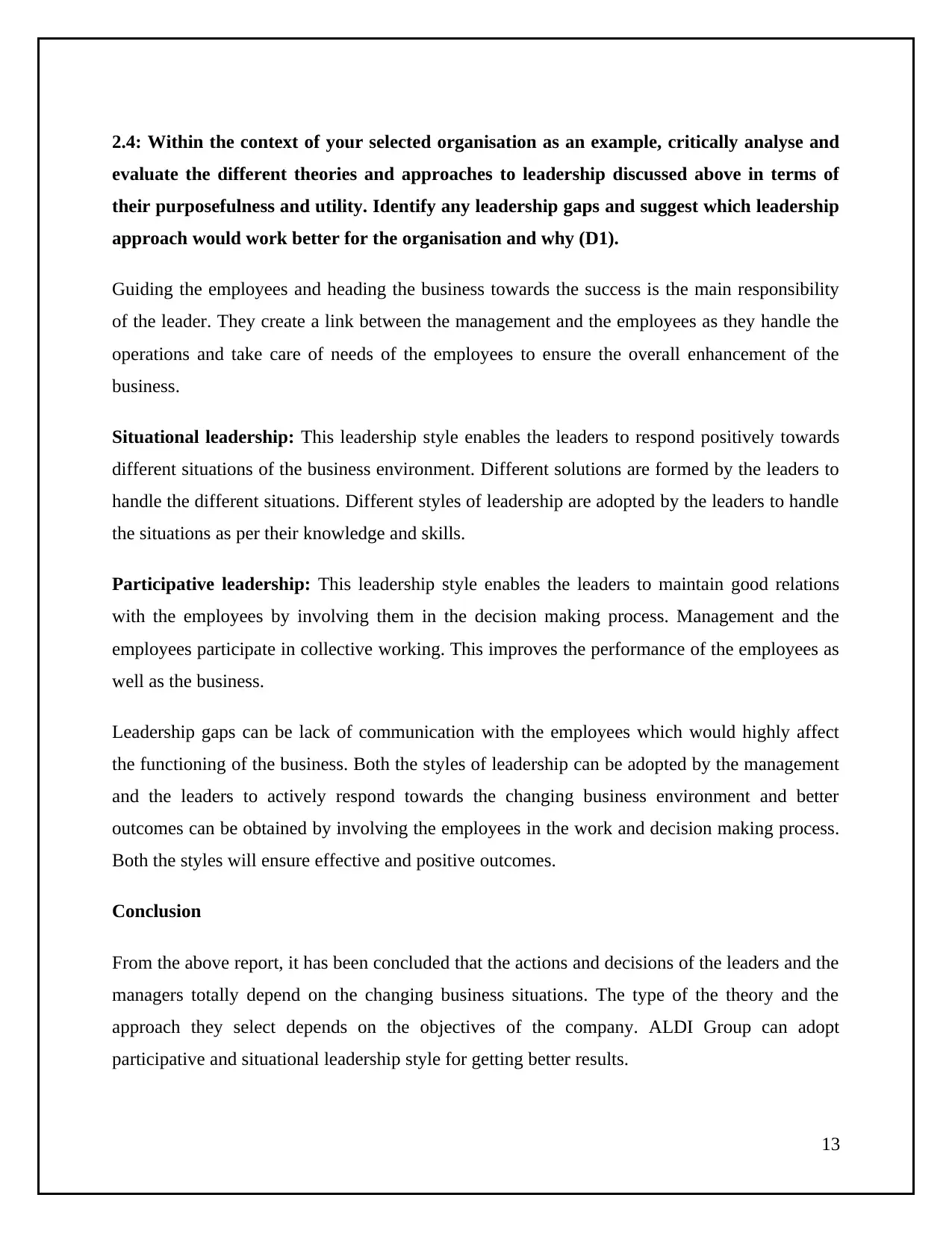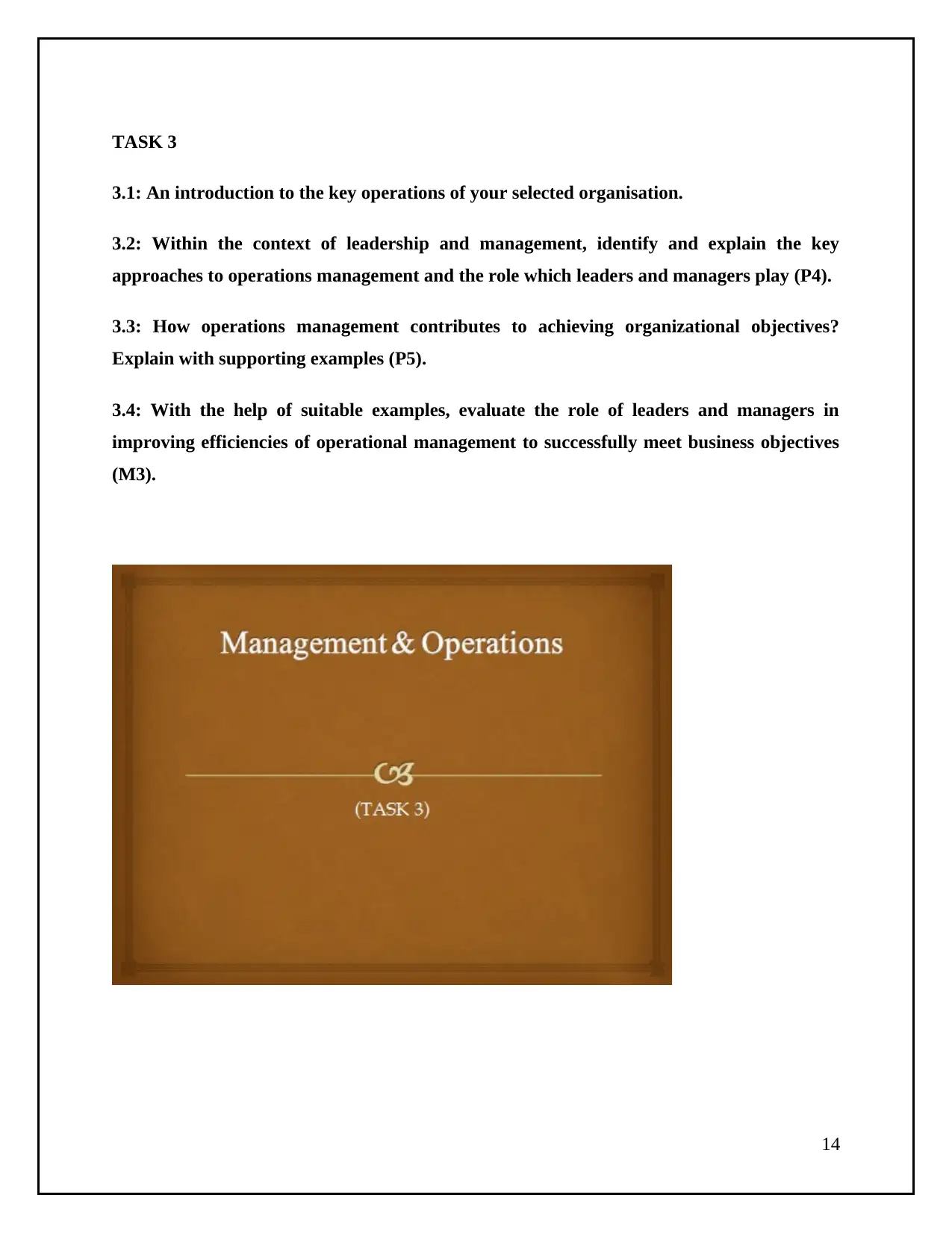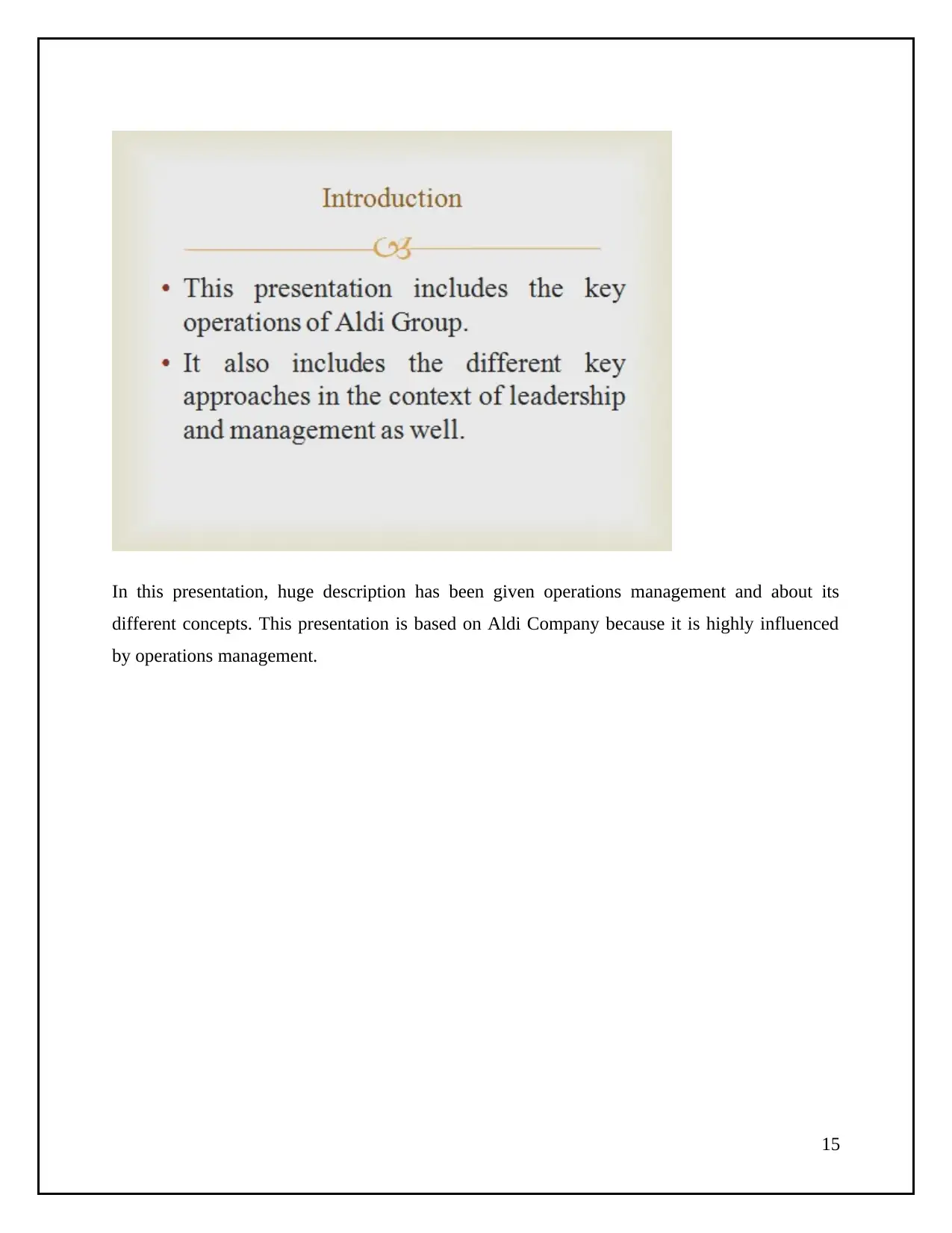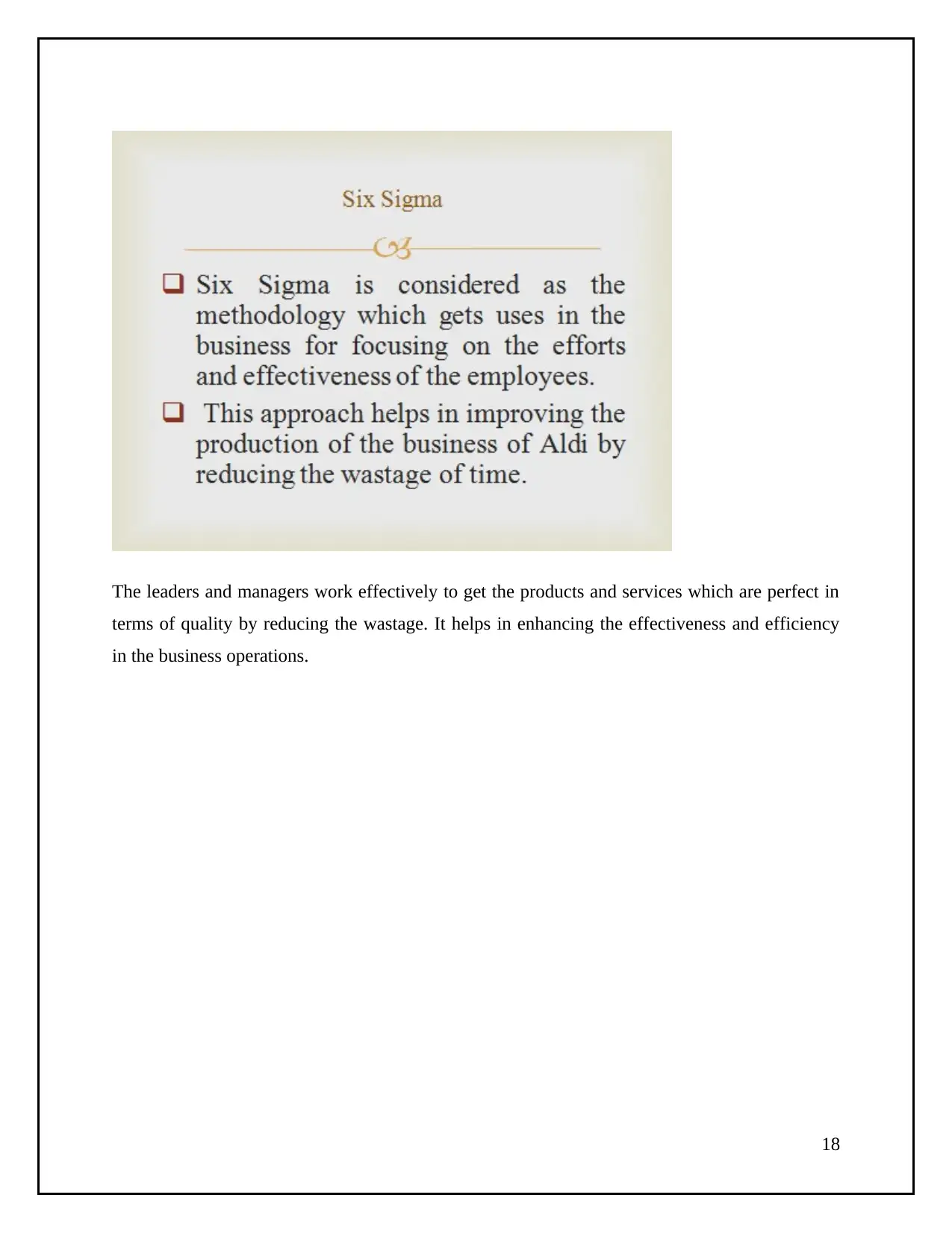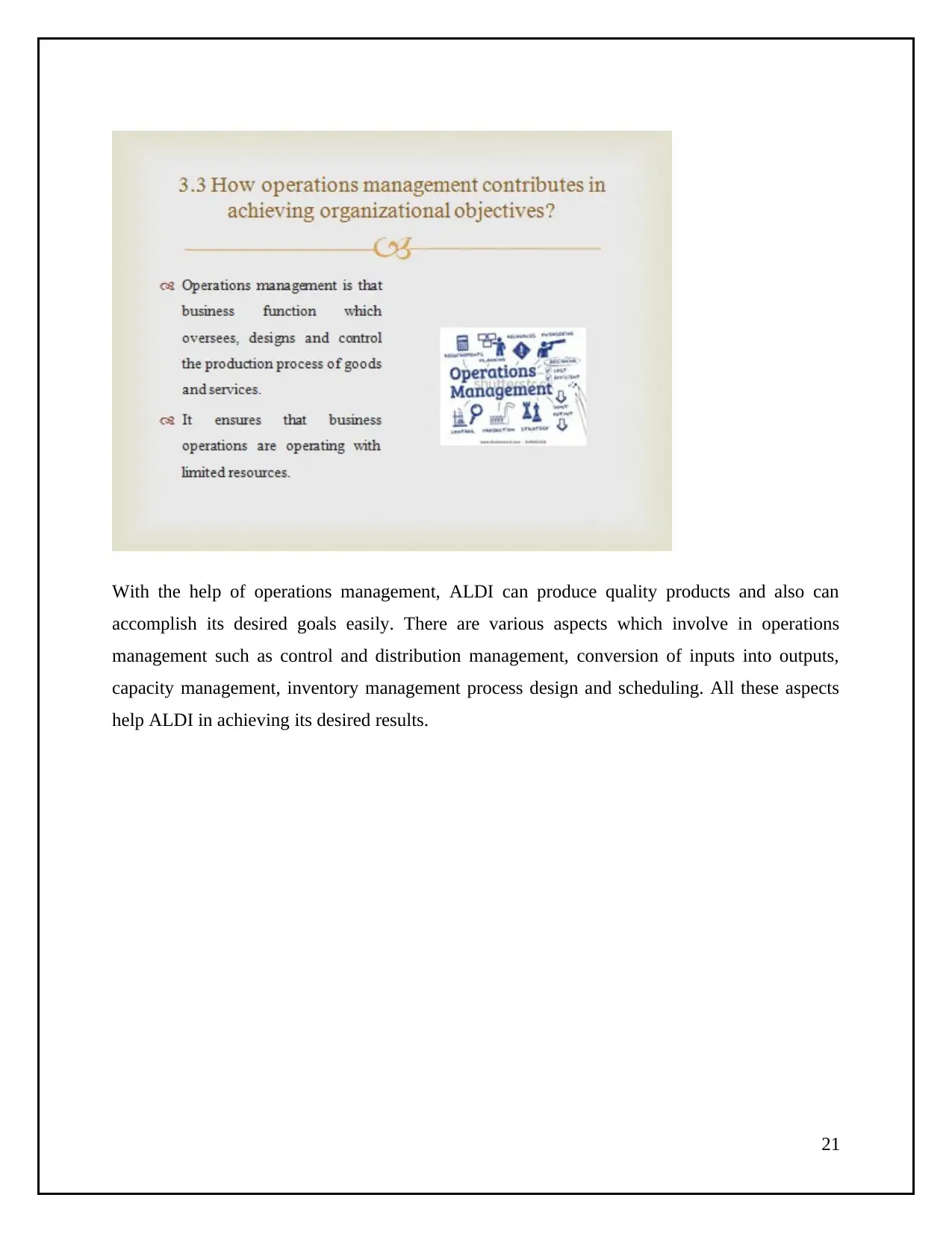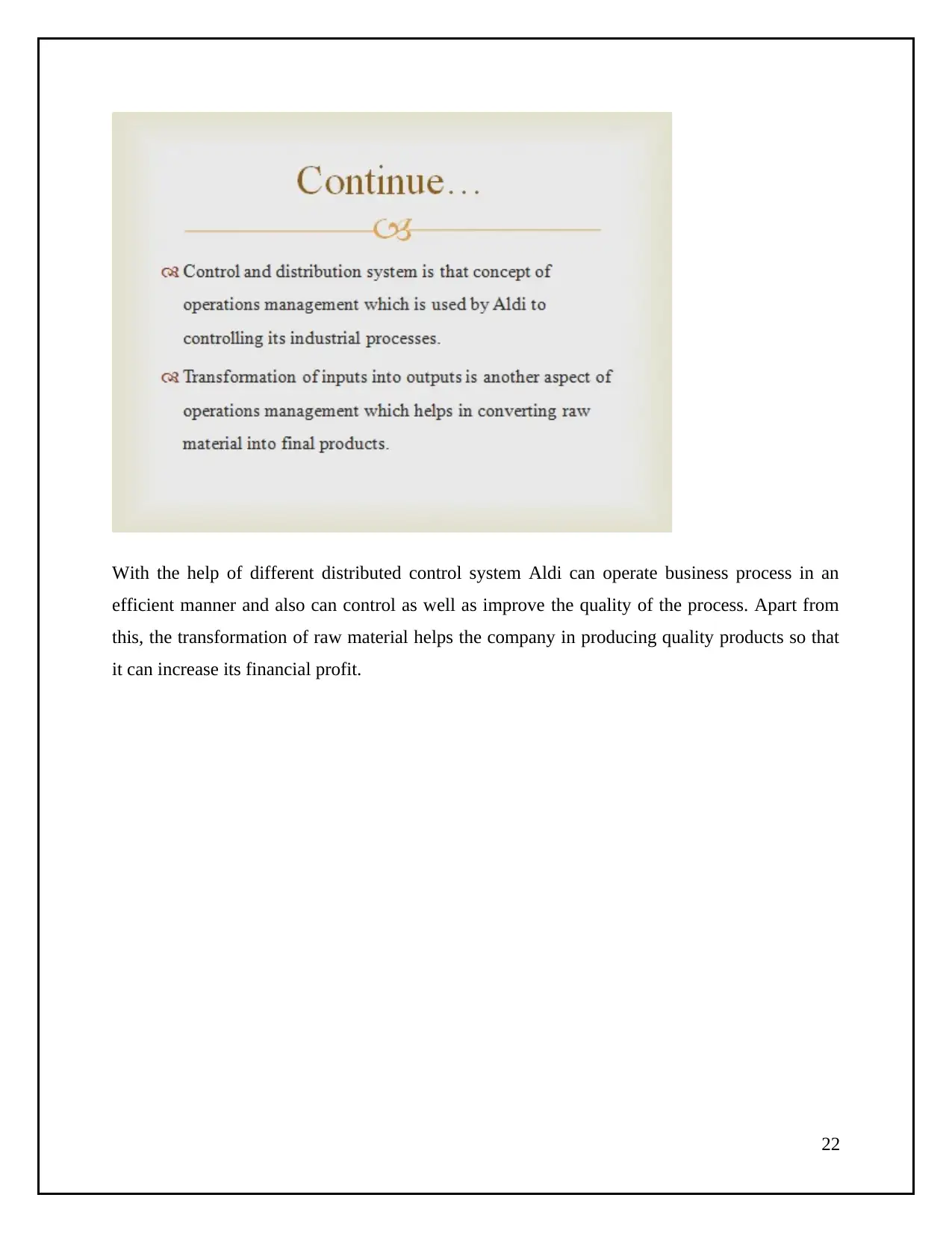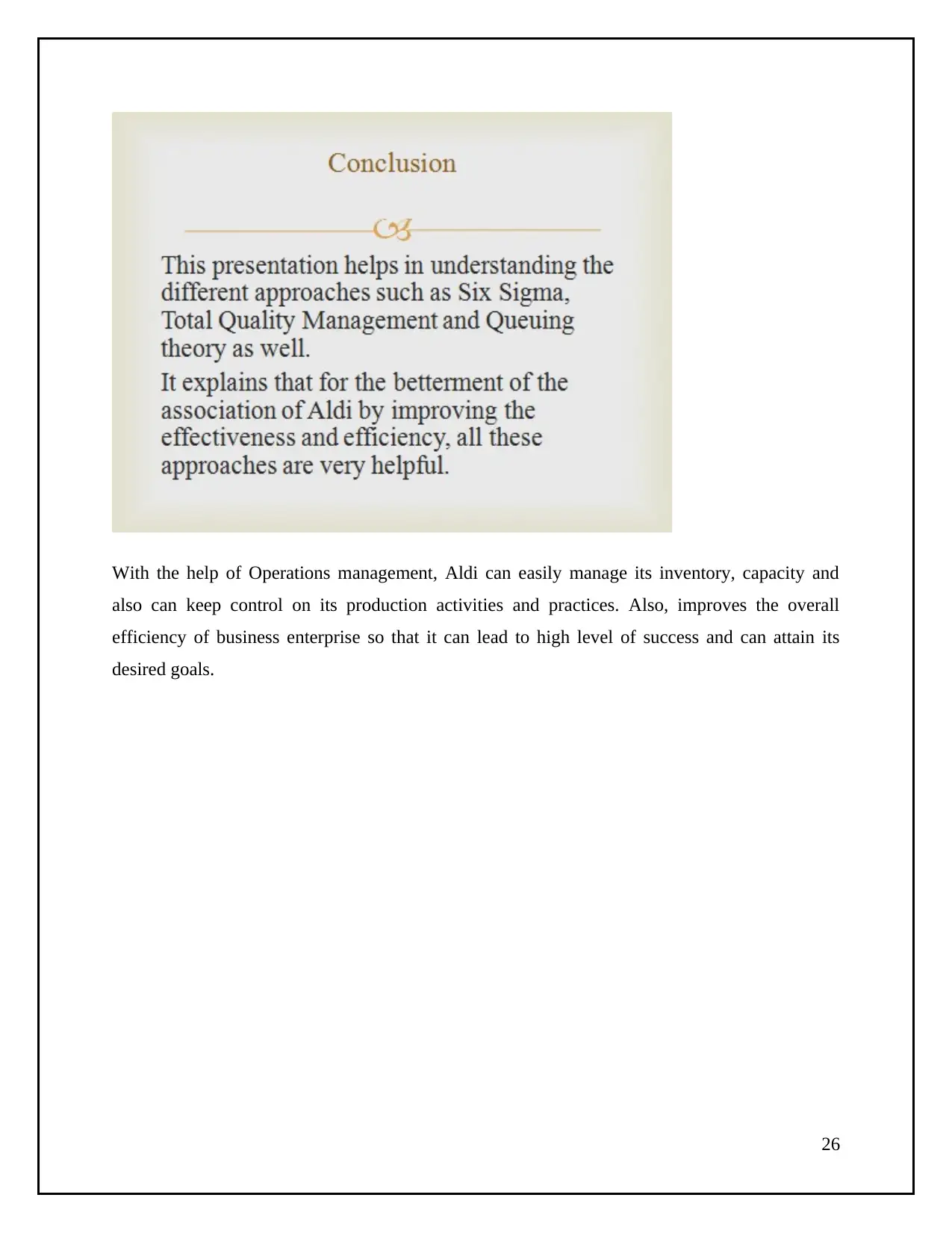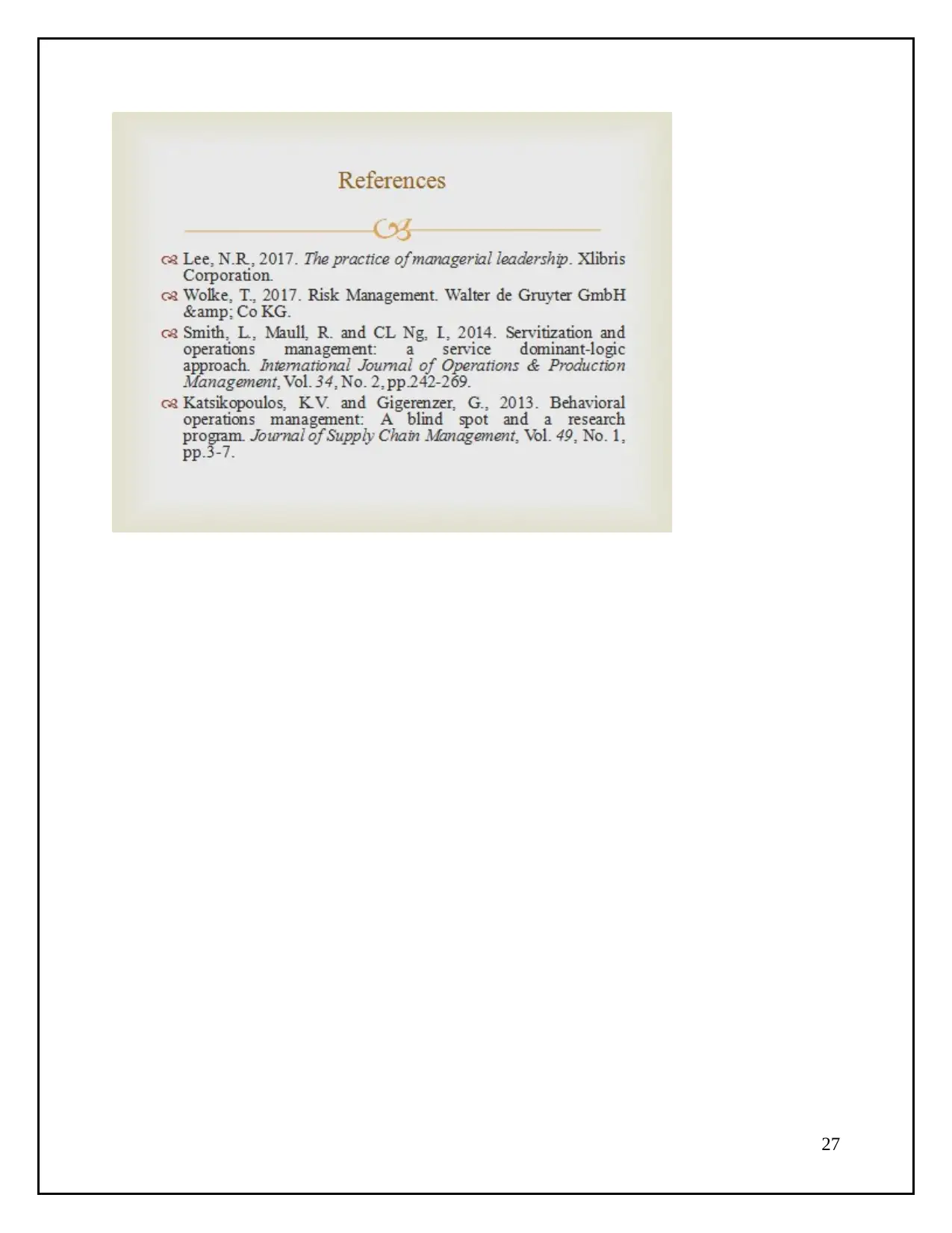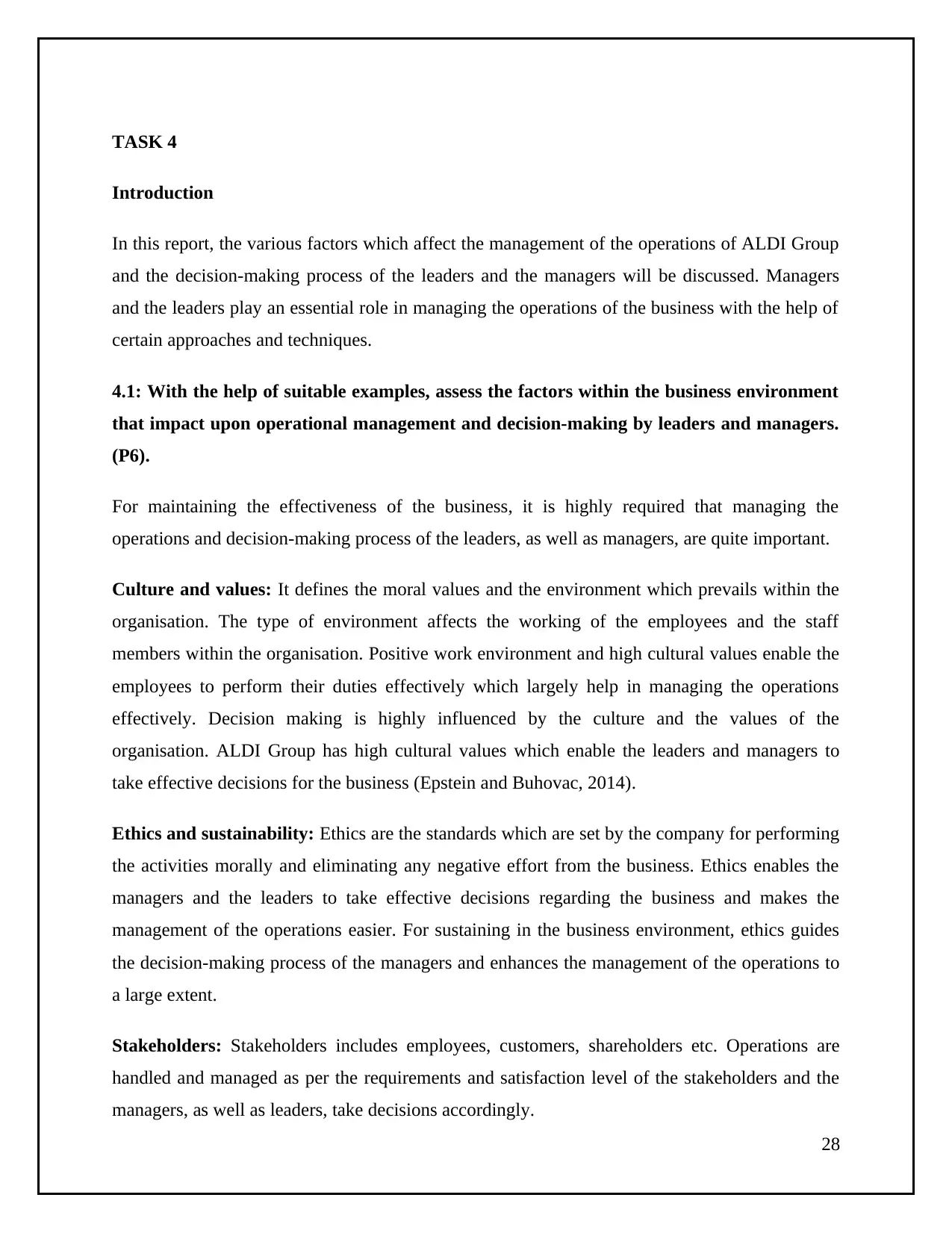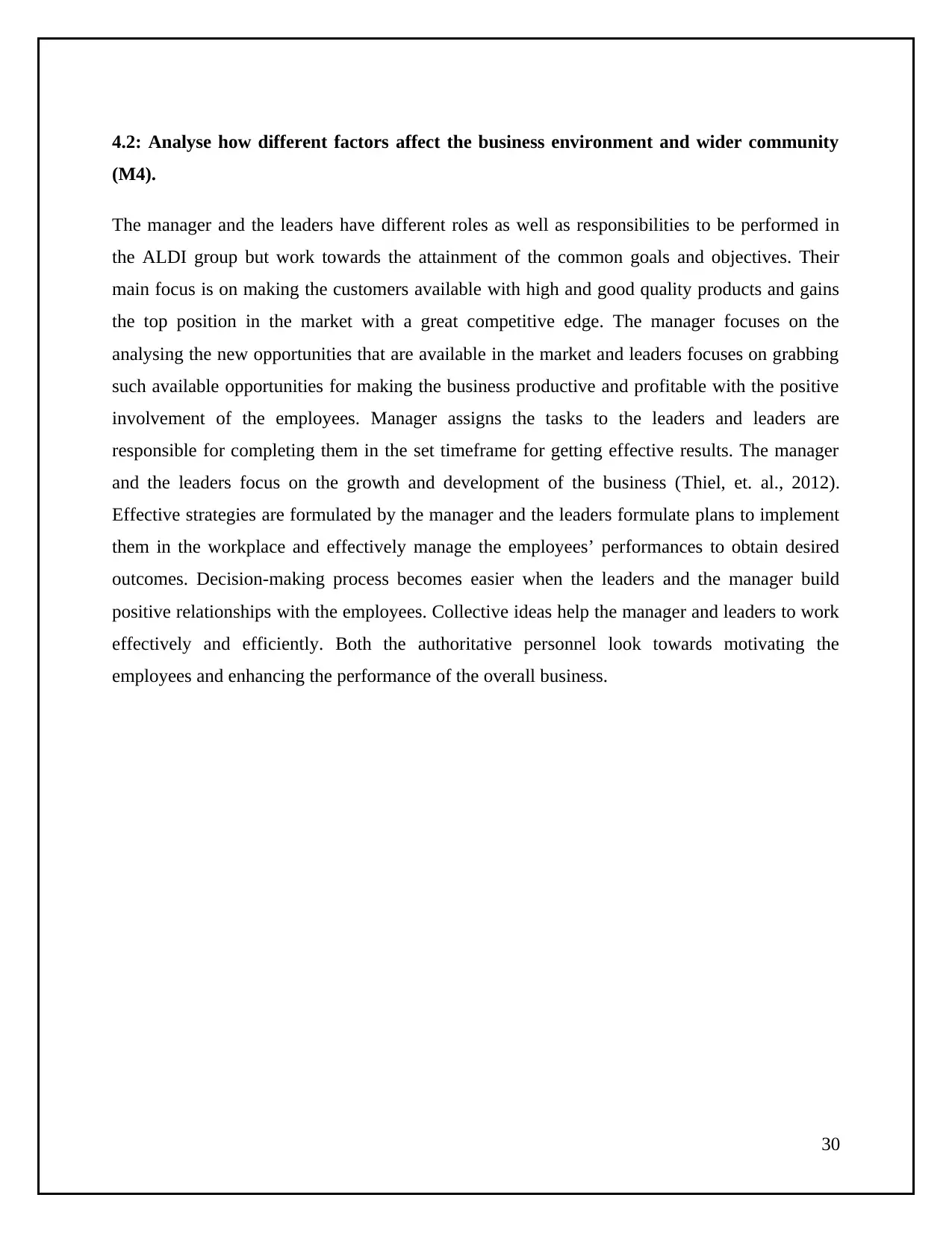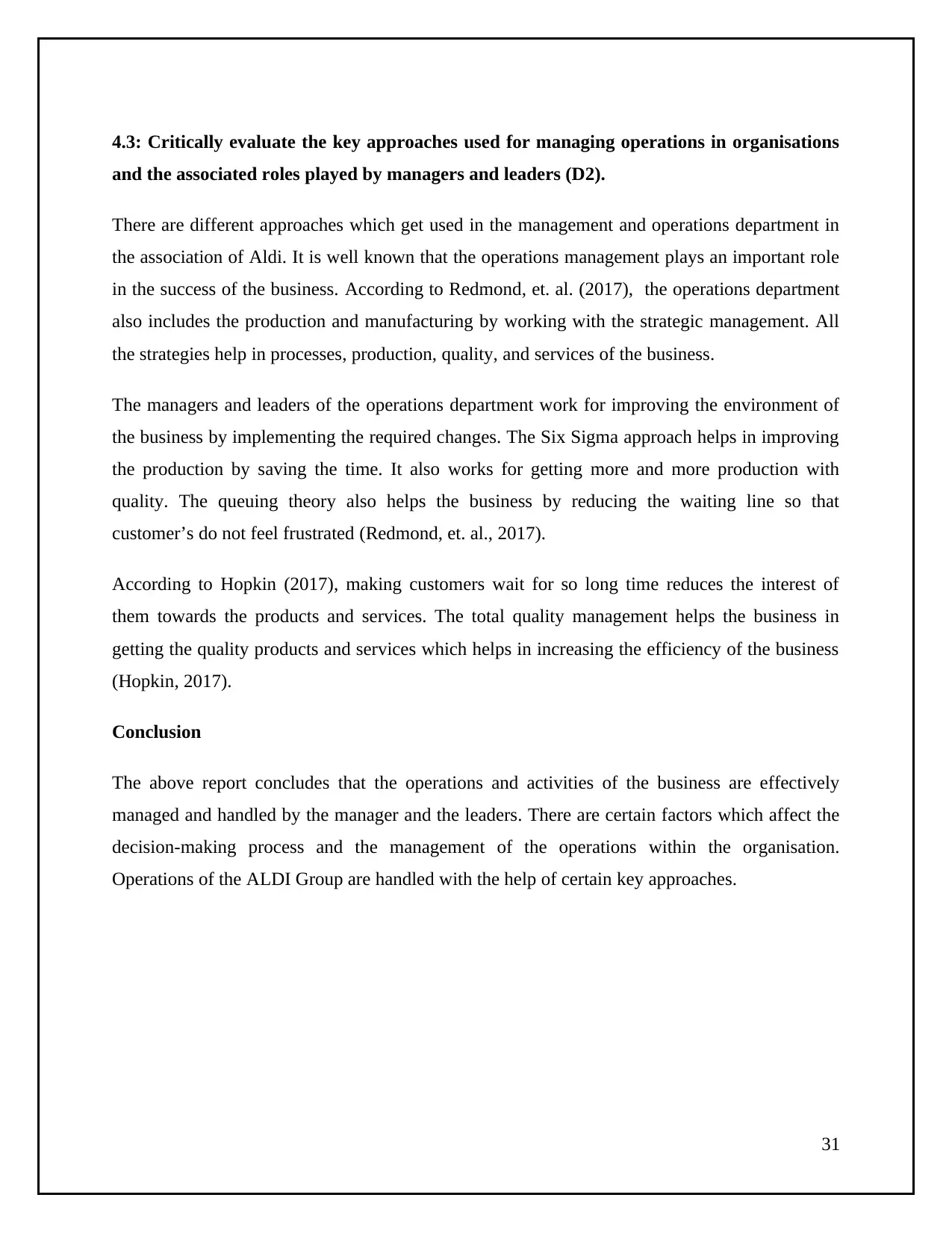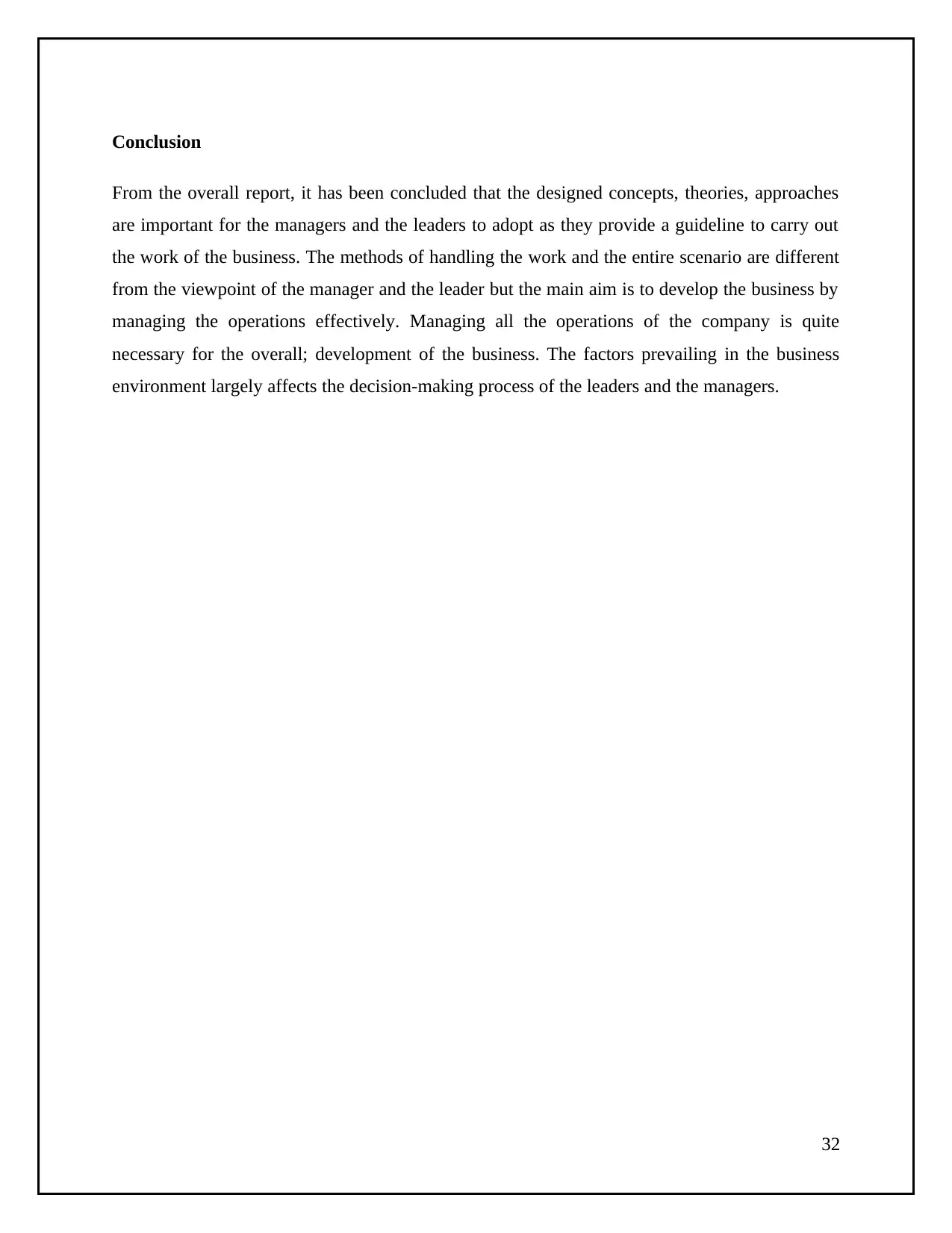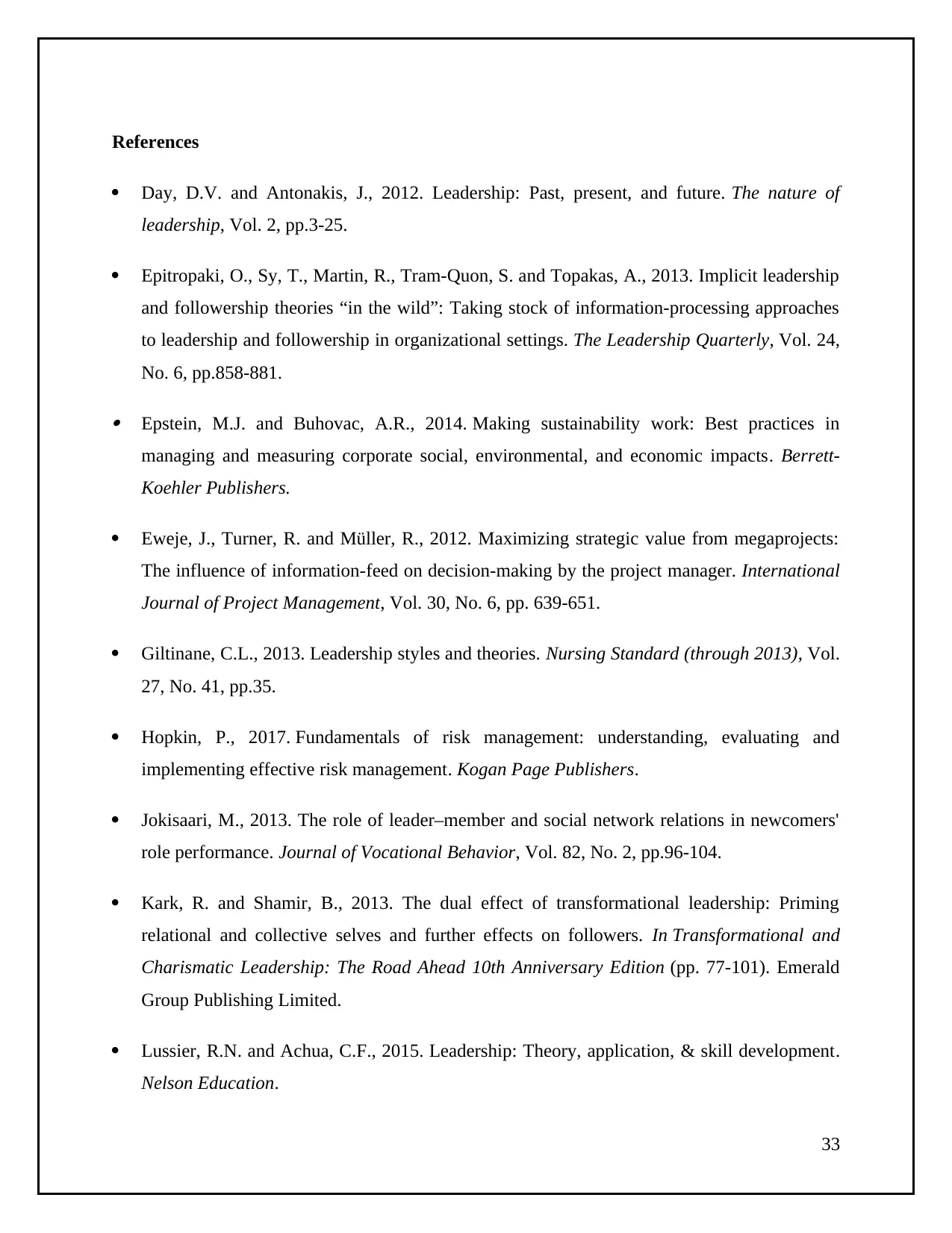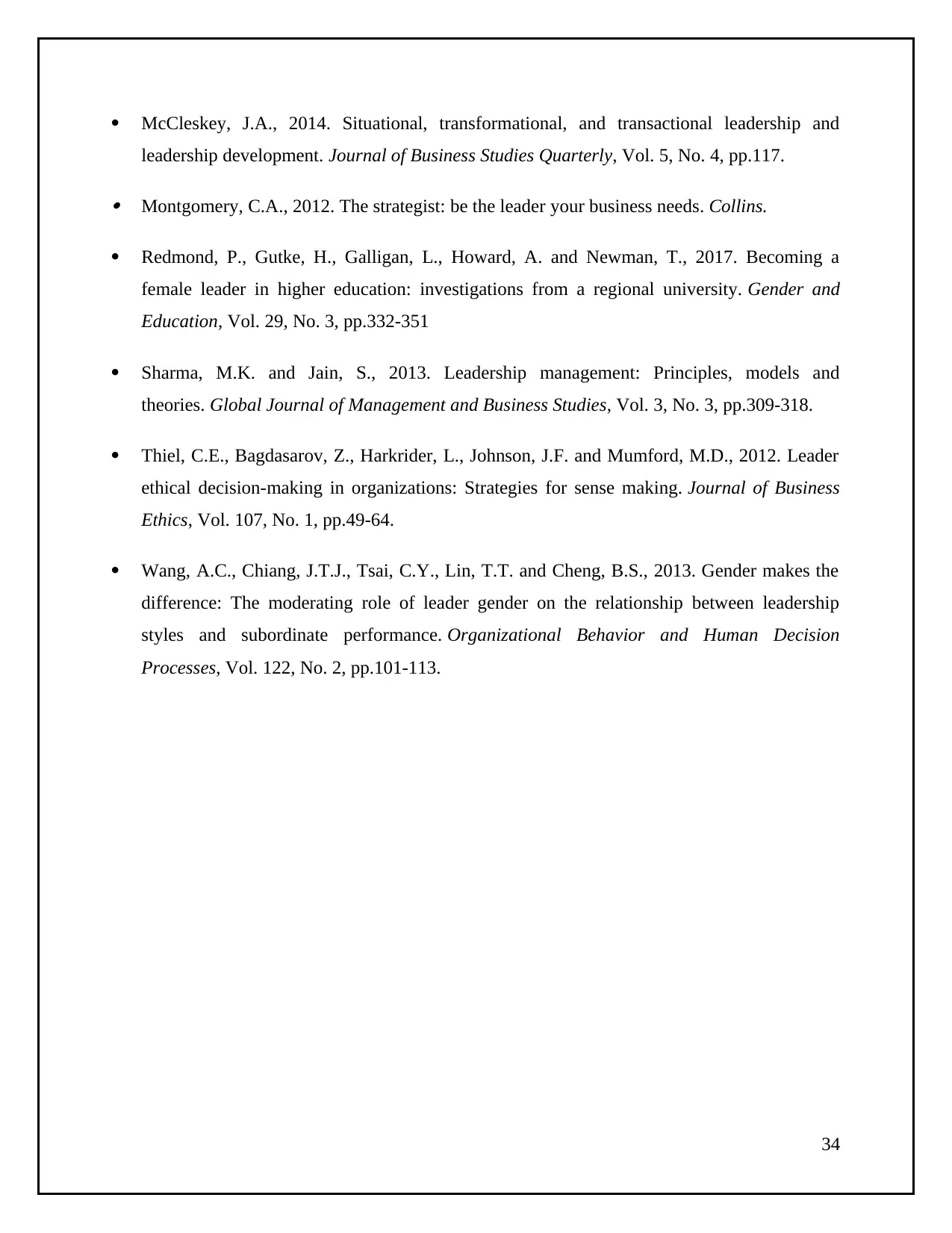This report explores the critical roles of managers and leaders in the success of ALDI Group, a global supermarket chain. It delves into the differences between management and leadership, examining various theories and approaches that guide their decision-making. The report analyzes how situational leadership, systems leadership, and contingency theory apply to ALDI's operations, highlighting their strengths and weaknesses. It also investigates the impact of factors like culture, ethics, and stakeholders on operational management and decision-making. Finally, the report evaluates key approaches used for managing operations, including Six Sigma, queuing theory, and total quality management, and discusses the associated roles of managers and leaders.
![[object Object]](/_next/static/media/star-bottom.7253800d.svg)
![[object Object]](/_next/static/media/star-bottom.7253800d.svg)
